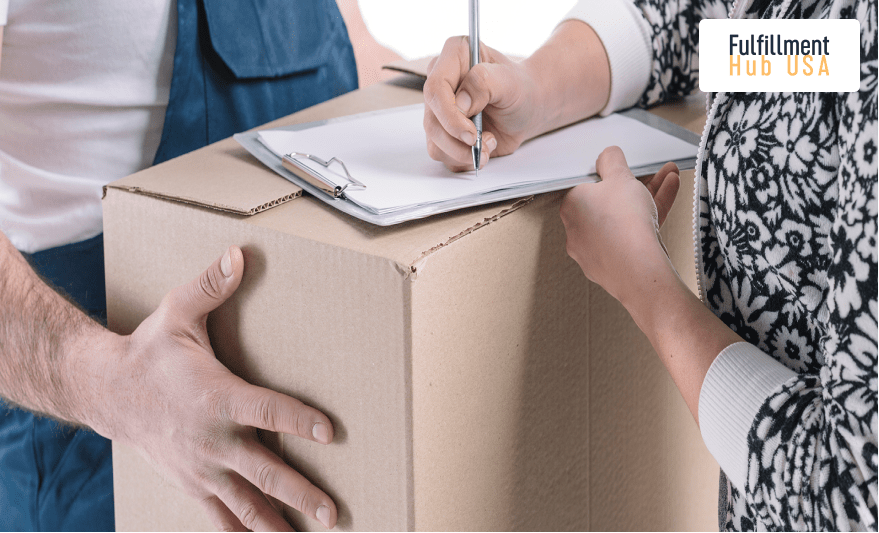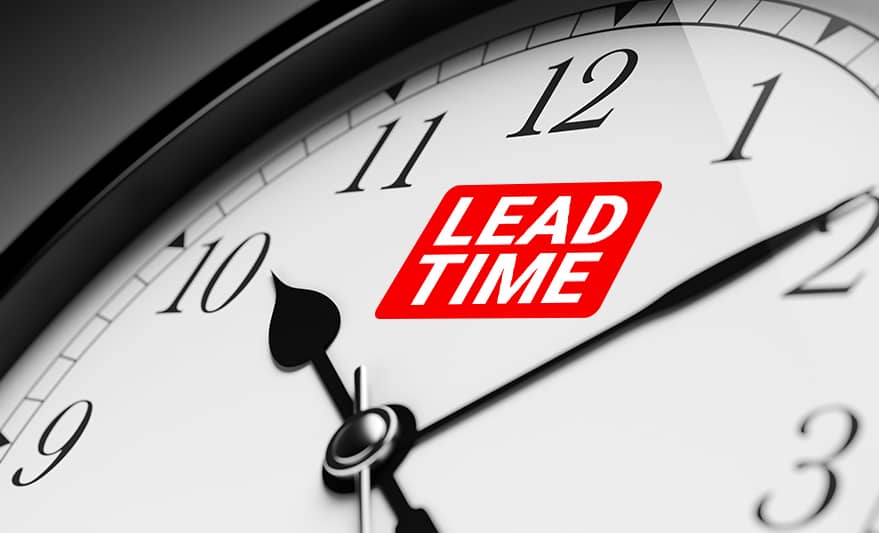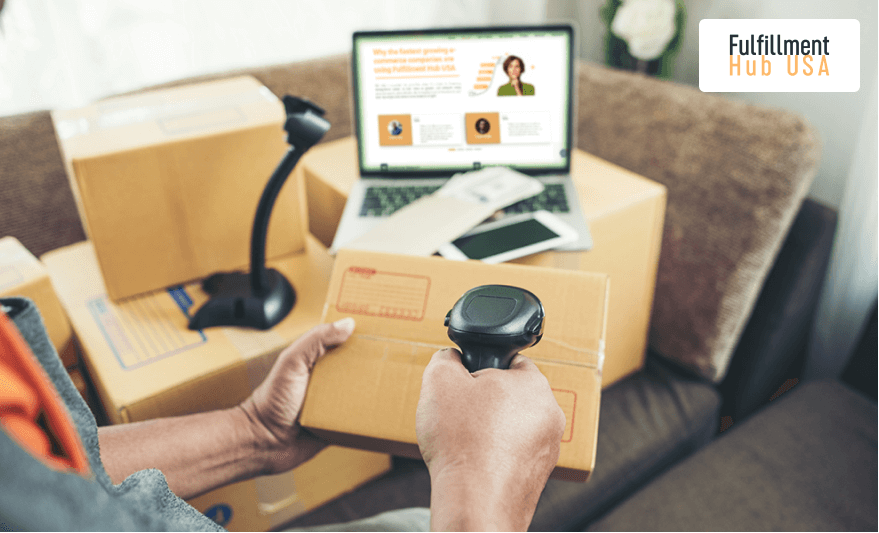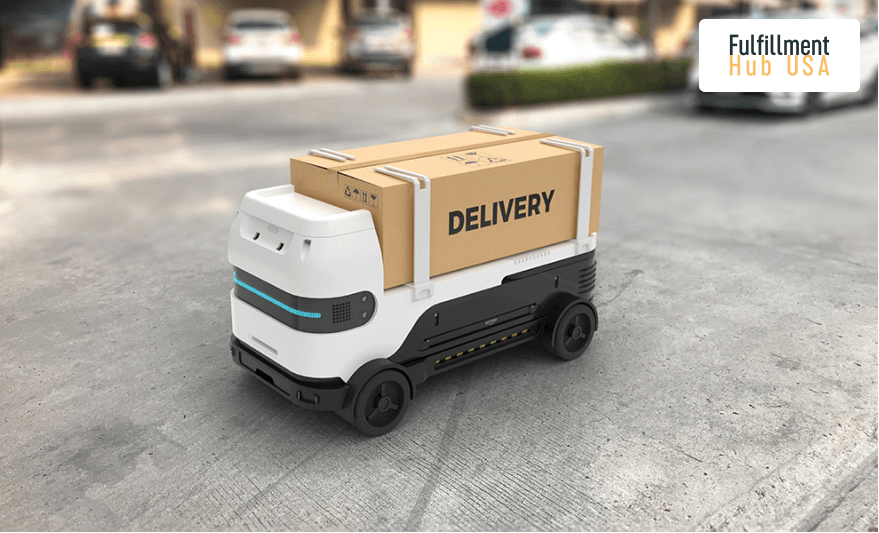Delivery Duty Paid – A Detailed Guide
A well-known phenomenon: when you order something online, you, as a buyer, have to pay for everything, even in case of loss or damage. However, have you ever thought if your seller takes responsibility for the package, including the costs, until it is delivered to you? Is it possible? Well, under Delivery Duty Paid (DDP) Incoterm, it is. Delivery Duty Paid (DDP) is one of the 11 Incoterms widely used in international shipping. It demands sellers to pay for the order fulfillment and take complete responsibility for the package until it is delivered. But why would any seller opt for it? Let’s dig into it. All About Delivery Duty Paid International trade has seen a noticeable growth due to the widespread use of the internet and mobile devices. This has benefitted large corporations along with small and medium businesses as well. However, this growth has increased the potential for disputes due to varying import and export conventions. The International Chamber of Commerce established the 11 Incoterms to prevent such disputes for a clear understanding of shipping terms and risks and responsibilities associated with all the parties involved. Among 11 Incoterms, we are going to discuss Delivery Duty Paid in this article. Delivery Duty Paid – What is it? The Delivery Duty Paid (DDP) is a delivery agreement whereby the supplier (seller) is liable for the goods until they are delivered to the buyer. The risk and responsibilities associated with the shipment are of the seller. They need to pay for shipping costs, export and import duties, insurance, and other costs. DDP is one of the Incoterms (International Commerce Terms) that defines the responsibility of sellers and buyers. This is primarily used in international shipping transactions and helps you explore the market’s potential worldwide. Moreover, as a seller, it gives you a chance to quote prices higher than the usual market rate and increase your profit margins. DDP Responsibilities – Buyers and Sellers Though it is clear that the seller takes care of everything, there are few responsibilities that the buyer has to take care of. Let’s have a look at both of their duties: Buyer’s Responsibilities: The buyer in DDP has minimal responsibilities. This includes receiving goods, and part of it is the unloading process and its fees. Know More Seller’s Responsibilities: Under DDP Incoterms, the seller is obliged to: – Drawing up sales contracts and related documents – Fulfilling all import and export requirements – Paying for all import and export duties and taxes – Cover the cost of transportation from the warehouse to the final agreed-upon destination – Take care of all government inspections – Ensure that the goods arrive at the destination – Incur all damage or losses, if any occurs Let’s have an overview of their responsibilities: Responsibilities Seller Buyer General Deliver the goods and commercial invoice Pay the price of the goods as agreed in the contract of sale, after delivery Delivery Deliver the goods at the agreed date and time with the preferable shipping method Take the goods after they are delivered Risks Responsible for all of the risks until goods are delivered Responsible for all of the risks once the seller delivers the goods Carriage Make the carrier contract and pay the cost No obligation Insurance No obligation No obligation Delivery/transport document Provide a transport document at own cost Accept the document Export/Import Clearance Responsible for all export clearance expenses along with all the formalities involved Assist with import clearance if required Checking Pay for all checking operations like weighting/counting of goods, packaging, etc. No obligation Notices Notify the buyer when goods have been delivered Notify the seller of the destination and time DDP Timeline DDP follows a simple timeline where the seller has most of the responsibilities until the buyer receives the product. Seller picks, packs, and fulfills all the necessary requirements for the goods to be shipped. Afterward, the seller ships the order with a reliable shipping carrier. The package is then shipped to the destination via any method of transportation. The seller is then liable for taxes once the package arrives at the destination. Once the package arrives, the buyer is now responsible for the actual product and pay the price to the seller on the agreed contract. Sellers incur the charges in case of loss or damage while buyers pay for unloading fees and everything required after receiving the product. DDP Fees For sellers, there are various fees associated with DDP. To determine if you will make profits from your sale using DDP, calculate the fees you have to pay. Sellers assume responsibility for all these fees: Shipping Fees It can be expensive to ship products via sea or air. Therefore, always know the price beforehand, especially in international shipping. Import and Export Custom Duties When shipping internationally, you must know about the import and export custom fees. If you choose a less reliable transportation service that handled your DDP poorly, it is likely to be examined by customs, which causes delays. Hence, choose your shipping partner wisely. Damage Fees If any damage occurs to the shipment, the seller has to bear its cost along with the reshipment of the new products. Demurrage and Storage Costs Under DDP, the seller absorbs the cost for storage and demurrage in case of delays by delivery drivers, custom authorities, other government agencies, and air/ocean carriers. These are unanticipated costs and can eat into the profits. Hence, it’s better to partner with a reliable logistics partner and know the cost beforehand. Shipping Insurance Shipping Insurance is not mandatory. However, some sellers prefer it to lower risks. When to Use DDP? Due to the disadvantages for sellers discussed above, the ideal time to use DDP is when the supply chain costs and routes are stable and predictable. Therefore, it is better to create a probable shipping quote beforehand and get a customer agreement on it. Moreover, consider using DDP when you have confidence in your logistics company, and they own a successful track record of delivering to other customers internationally under DDP Incoterms. So, Is DDP Beneficial for Your Business? The answer to this question depends on your product’s costs and customer demands. If using DDP profits you and your customer then, you should opt for it. However, it is better to consider a 3PL for it. There are various benefits that a fulfillment company can offer. Their experience, network, and expertise in the industry can
Delivery Duty Paid – A Detailed Guide Read More »









